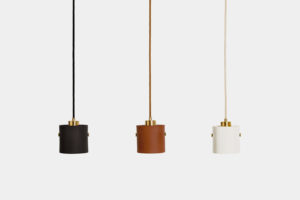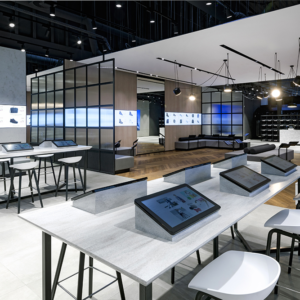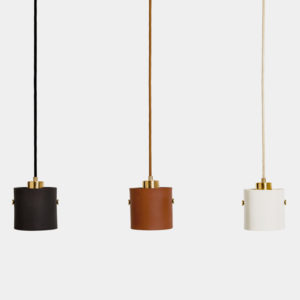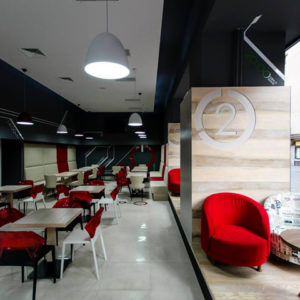
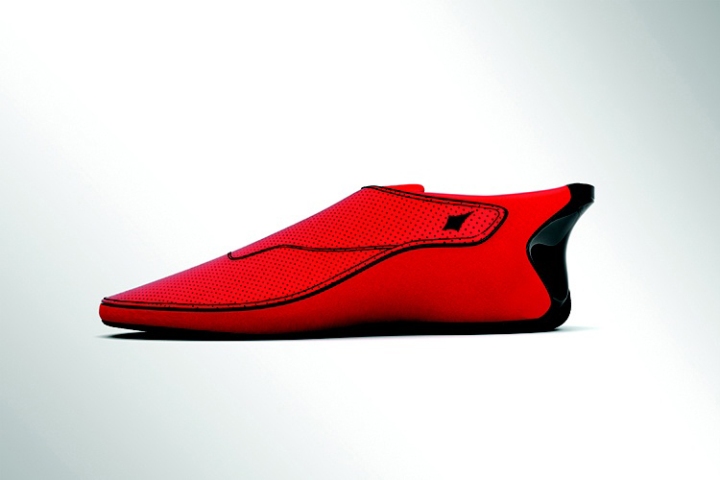

Imagine a pair of shoes that not only feel comfortable and help you exercise but also point you where you need to go. That’s the idea with Lechal shoes, the first footwear with smartphone-connected “haptic” technology. “You don’t have to look for your phone. You’re getting feedback in the most basic sense, which is the sense of touch,” says co-inventor Krispian Lawrence. “It’s a very intuitive experience, like someone was tapping you on the shoulder.”
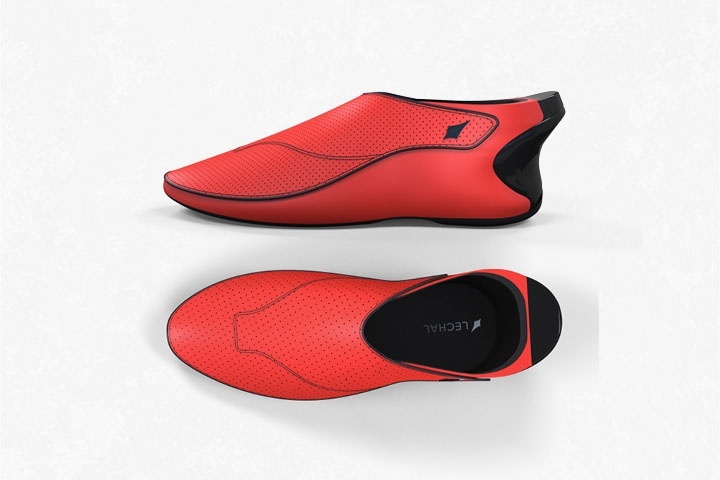
Lechals come in two forms: full shoes, and insoles that you insert into conventional shoes. Both are embedded with Bluetooth-connected sensors and little vibrators that push the wearer a certain way. Set your phone to go somewhere and they gently buzz left and right as you approach a turn. Lawrence developed the idea with Anirudh Sharma, a research assistant at MIT’s Fluid Interfaces Group. They originally imagined Lechal as a technology for the visually impaired, but soon saw possibilities for the general population. The products go on sale this fall, aimed at the fitness market and quantified-self crowd. An accompanying app lets wearers set an exercise target and record progress.
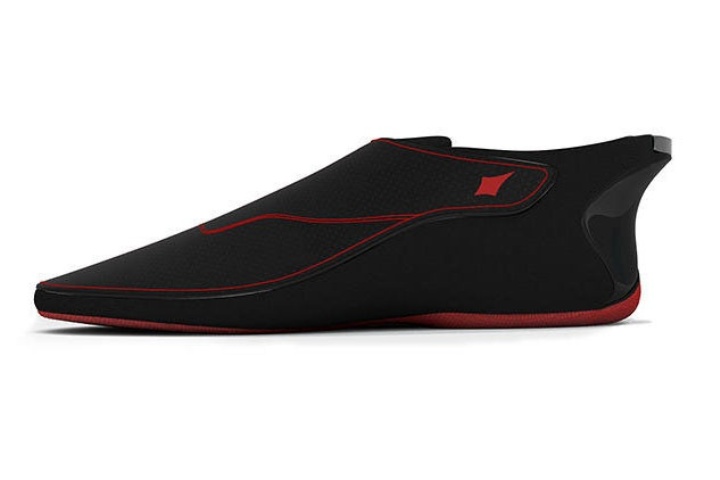
“It very accurately detects your activity,” says Lawrence, who studied in the United States before moving back to Bangalore, where Lechal is based. “We’re in your feet, so we know whether you’re walking, running, jogging. It will tell you if you need to speed up or slow down, so you can to meet a particular calorie goal.”
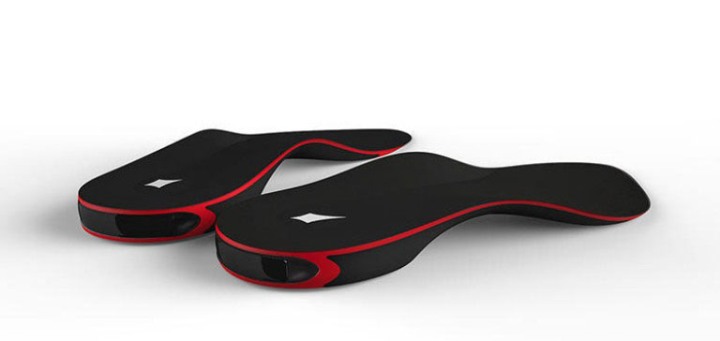
Every product Lechal sells to fully sighted customers will help subsidize products for the visually impaired. The inserts, which are available for pre-ordering, cost $149.99. The full shoes aren’t priced yet, but will probably be a little more that. Both have rechargeable batteries that give up to 24 hours of full walking time, Lawrence says. The shoes are also a type of gesture technology. So, for example, you can point a foot at a certain angle to tag a spot. Longer term, Sharma and Lawrence hope to create a new kind of foot-directed language, where kicks and feints will take on meaning. Your feet will do the talking.
Design by Ducere Technologies
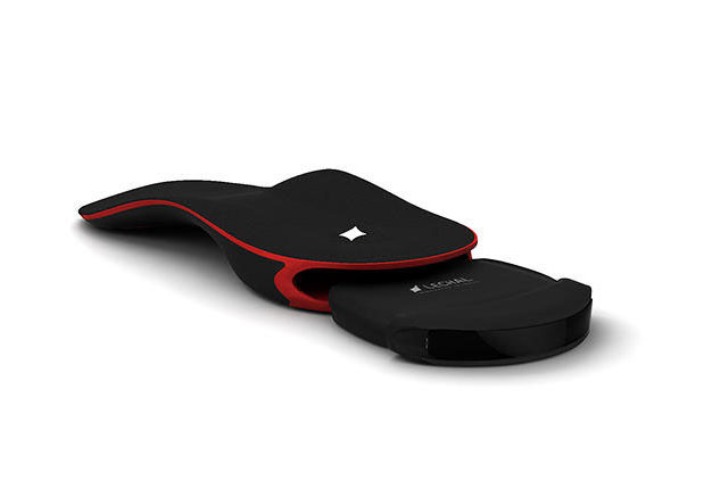
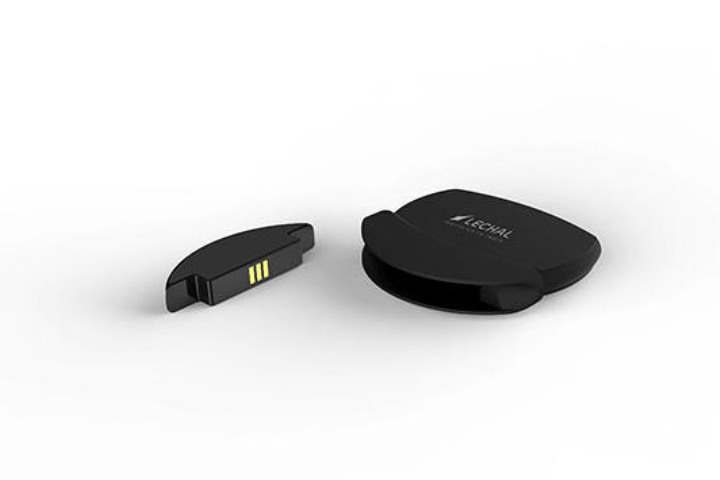

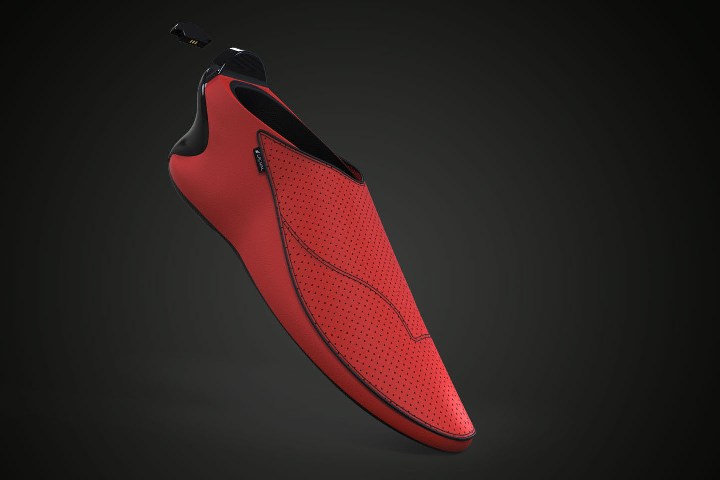

http://www.fastcoexist.com/3032853/vibrating-shoes-help-the-blind-and-anyone-else-get-around#3








Add to collection

